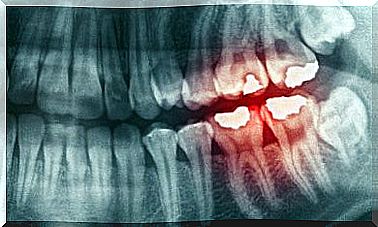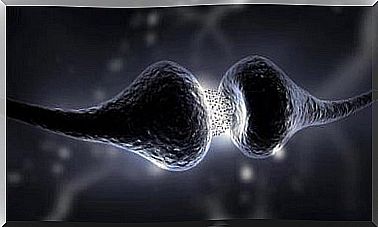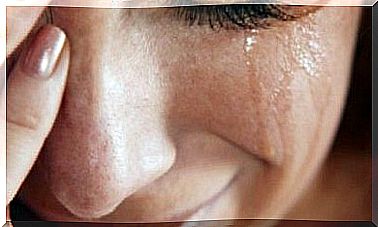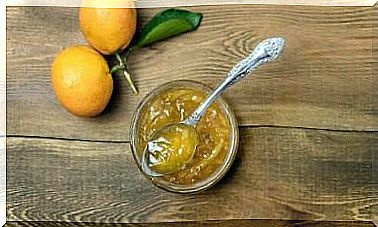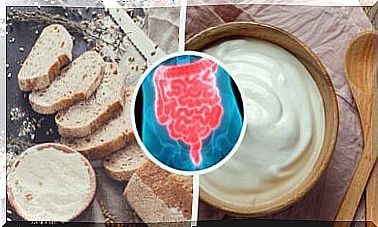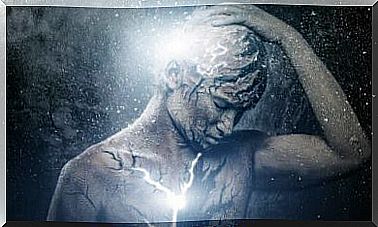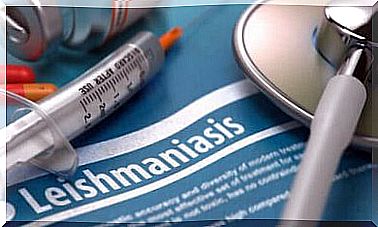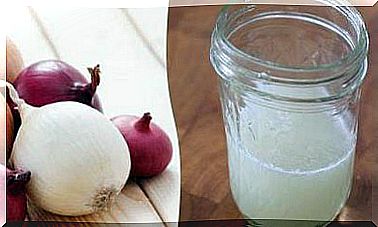Treatments To Relieve Plantar Pain
The excess pressure in the feet, which is the cause of plantar fasciitis, can be due to several factors ranging from being overweight to wearing inappropriate shoes .
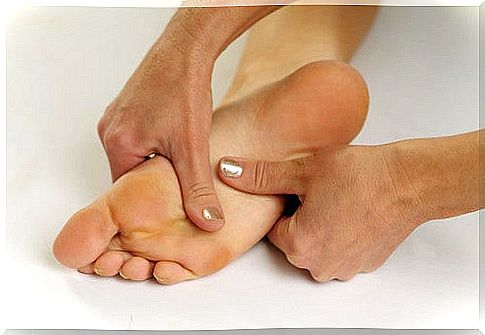
Plantar fascists, or plantar pain, appear at the base of the heel. This pain may occur throughout the foot or be the result of another injury. It can result from excessive pressure exerted on the foot, which eventually causes ligaments to rupture. This will therefore cause intense pain and cause a feeling of stiffness in the heel.
Causes of plantar pain
Plantar pain can be caused mainly by:
- Excess weight
- Pregnancy
- Too busy working days
- Wearing inadequate footwear
- Having flat or overly arched feet
Symptoms of plantar pain
The symptoms produced by this condition are usually:
- A pain
- A burn at the base of the heel (or all over the foot)
- Stiffness
Usually, this problem only manifests itself in one foot. It can, however, affect both feet at the same time.
The pain is much more intense in the morning when you wake up when you start walking after you have rested all night or if you have been sitting for a long time. Pain can also occur after a long workout or after standing for a long time to work.
The treatments indicated to calm the pain in the sole of the foot
The treatment indicated to relieve this pain consists mainly of reducing the inflammation.
Home remedies
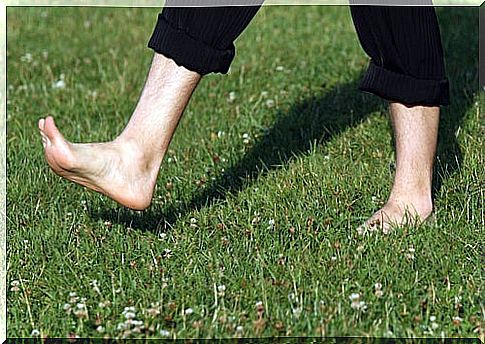
First of all, the first thing to do is to stay barefoot as long as possible. Ice should also be applied to the affected area at least four times a day for twenty minutes. This will help bring down the inflammation.
In addition, you can place a support for the arch of the foot in your shoes. The pain will thus decrease.
Do at least twenty minutes of stretching exercises every day.
Finally, you can take an anti-inflammatory such as ibuprofen to effectively reduce pain. Be careful, however, not to consume too much.
Medical treatments to fight against plantar pain
If anti-inflammatory drugs prove to be of little use, it is possible to resort to corticosteroid injections. They are injected directly where the ligament is affected, in the heel or under the arch of the foot. Then you have to apply electric current, which is absolutely not painful in order to get the steroid into the muscle.
In addition, the specialist may decide to prescribe exercise therapy which involves stretching the plantar fascia and Achilles tendon. It is also recommended to do exercises to firm the lower leg muscles.
In some cases, it is essential to use a splint at night that serves to stretch the calf and the arch of the foot. This keeps the foot in flexion while stretching the plantar fascia and Achilles tendon. Thanks to this, there will be a decrease in pain and stiffness upon awakening.
Finally, an orthopedic sole can be used which is placed inside the shoe in order to better distribute the pressure. This also helps prevent the appearance of larger lesions on the plantar fascia.
Remember …
It is essential that you observe all the symptoms that may arise. If you start any of the home treatments listed above without feeling any improvement, then we advise you to immediately consult your doctor and follow the treatment prescribed for you.
